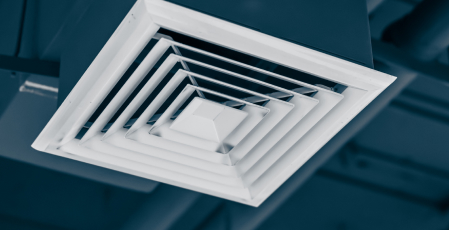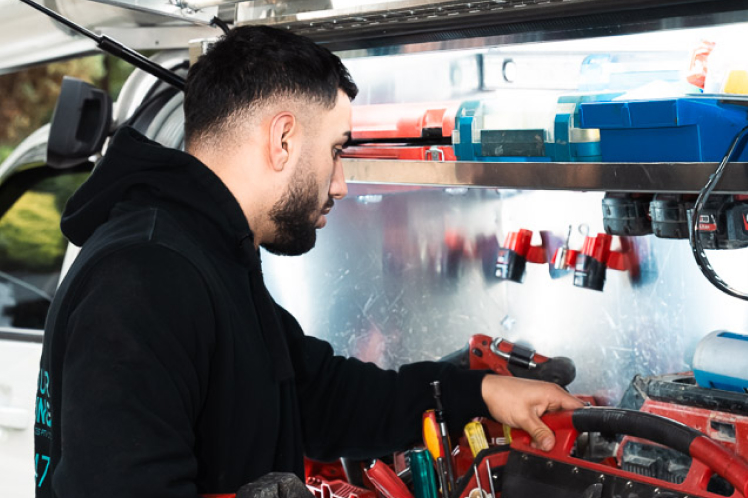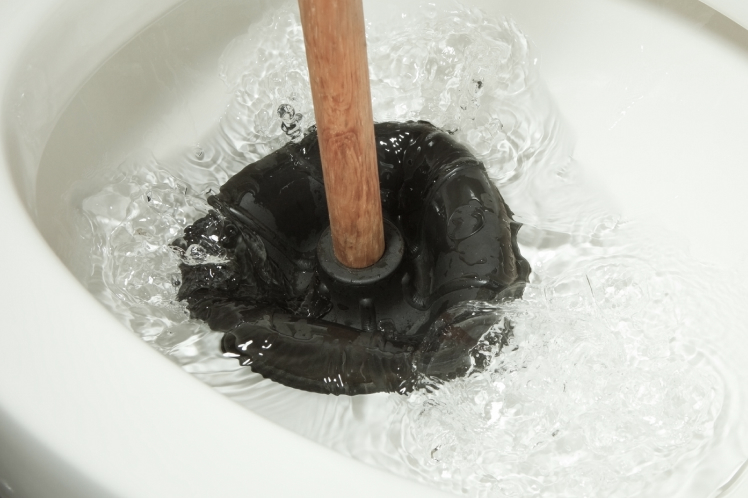When it comes to home safety, nothing is more important than protecting both your loved ones and your property from fire. Smoke alarms are a fundamental part of this protection, providing early detection that can save lives.
According to the NFPA (National Fire Protection Association), a U.S.-based organisation whose fire safety research is recognised worldwide, homes with working smoke alarms have about a 60% lower risk of fatalities compared to homes without them.
But how many smoke alarms do you actually need? Various factors can influence the number and placement of alarms in your home. In this blog, we’ll focus specifically on the Melbourne area, exploring the requirements and the best practices for installing smoke alarms in your home. Let’s dive into the details.
Why Are Smoke Alarms Important?
- Early Detection: Smoke alarms provide early warning, giving you time to evacuate before a fire gets out of control.
- Reduces the Risk of Smoke Poisoning: Smoke inhalation can be fatal, even before the fire itself reaches you. Timely alerts are critical for avoiding dangerous smoke buildup.
- Helps Avoid Property Loss: Early detection saves lives and minimises property damage, allowing faster responses and limiting fire spread.
How Many Smoke Alarms Should I Install?
Melbourne’s regulations, governed by the Victorian Building Authority (VBA) and the Fire Rescue Victoria (FRV), set clear guidelines to ensure optimal safety in residential buildings. Below are the detailed rules and recommendations to guide you in smoke alarm installation :
1. Minimum Requirements for Smoke Alarm Installation
- Bedrooms: Every bedroom needs a smoke alarm. This way, if a fire breaks out, everyone in those rooms will be alerted as quickly as possible, even in the middle of the night.
- Hallways Leading to Bedrooms: You’ll also need a smoke alarm in any hallway that leads to a bedroom to make sure everyone is covered.
- Each Level of the Home: If your home has multiple levels, make sure there’s a smoke alarm on each floor, including the basement and attic. The higher levels, especially, are trickier to evacuate in a fire, so it’s extra important to have alarms in place.
- Common Areas: Finally, don’t forget the common areas. Living rooms, dining rooms, and large open spaces should all have smoke alarms. These areas are where fires can spread quickly, so early detection is key.
2. Additional Smoke Alarm Considerations for Larger Homes
- Large or Complex Layouts: If your home has a more complex layout, like long hallways or multiple wings, you’ll need extra smoke alarms to make sure every area is covered. This includes placing alarms in separate living areas, near kitchens, or extended hallways to keep everyone safe.
- Split-Level Homes: For split-level homes, make sure each level has its own smoke alarm. Even if some of those levels are small or not used for sleeping, each one still needs to be covered with an alarm.
According to Victorian regulations, all smoke alarms in new homes or homes getting major renovations need to be interconnected. So, when one alarm detects smoke, all the others will be triggered as well. This way, no matter where the fire starts, everyone in the house will be alerted right away.
The idea behind this regulation is simple, it’s about giving everyone better protection and making sure you’re quickly warned in case of a fire, no matter where it begins.
How to Position Smoke Alarms for Optimal Safety
Smoke alarms should be installed on the ceiling because smoke rises. For best performance, position them at least 300mm away from walls and corners, as these areas can trap air and slow down smoke detection.
Avoid placing alarms near vents, fans, or air conditioning units, since airflow can interfere with how well they work. Don’t mount them directly above cooking appliances either, or you’ll end up with false alarms.
The Importance of Correct Smoke Alarm Placement
Maximises Early Detection
Proper placement allows smoke alarms to detect smoke or heat at the earliest possible stage, giving you more time to react in an emergency.
Prevents Delayed Alerts
If placed too far from bedrooms or living spaces, alarms will not detect smoke in time, delaying the warning and increasing the risk of fatalities.
Reduces False Alarms
Placing alarms in areas prone to steam or smoke, like kitchens or bathrooms, can cause frequent false alarms. Correct placement ensures alarms remain reliable.
Conclusion
The question of how many smoke alarms you need isn’t just about meeting regulations, it’s about protecting your home and your loved ones. Ensuring your smoke alarms are properly installed and placed in the right spots is crucial for early detection in case of fire.
If you’re unsure about the placement or need help with installation, contact our electricians in Melbourne right away. Our team at 24 Hour Trade Services is ready to assist with all your smoke alarm needs.
Call us today at 1300 229 897 or complete our online form to book a consultation. We’ll ensure your home is properly equipped to keep your family safe.
















